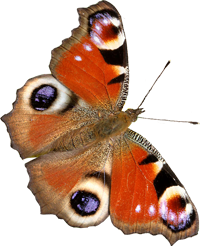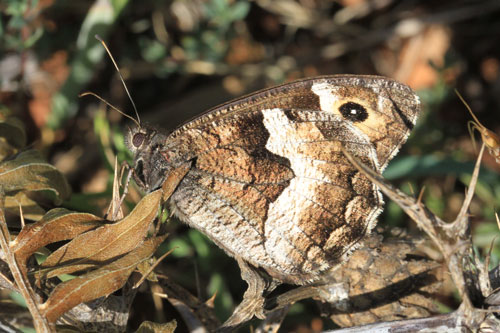
Burgos, Spain, July 2011
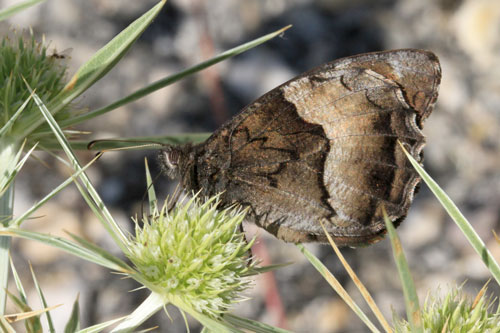
Montes Universales, Spain, July 2011
Field notes and information
The names H. hermione and H. alcyone have been used inconsistently over the last 50 years for this species. In Nota Lepidoptera 45, 2022, Russell & Vane-Wright have restored naming stability to this species. They demonstrate that H. hermione is not valid and that H. alcyone should be used for this species. This is the name used before confusion started in 1977 when H. hermione was first proposed.
Identification & Similar species: This is one of a group of species difficult to identify owing to individual variability. The following descriptions are not fully reliable. Reference to the julien organs surrounding the genetalia is reportedly definitive, but I've not had great success with this.
Woodland grayling, fagi: averagely larger. Internal edge of the underside hindwing white band curved. Underside forewing white band often without significant indent.
Rock grayling, alcyone: internal edge of the underside hindwing white band straight (but with an large indent in the middle). Underside forewing white band often with significant indent just below the apical eye spot.
Lesser rock grayling, genava: as rock grayling alcyone. I don't know of a reliable way to separate these two species.
Distribution & Flight: Sporadic from parts of Spain, France, Italy, Norway and central Europe east of Austria. Absent from the Balkans.
Habitat & Behaviour: Open woodland with grass. Often rests on tree trunks for shade during the hottest parts of the day and rocks to warm up.
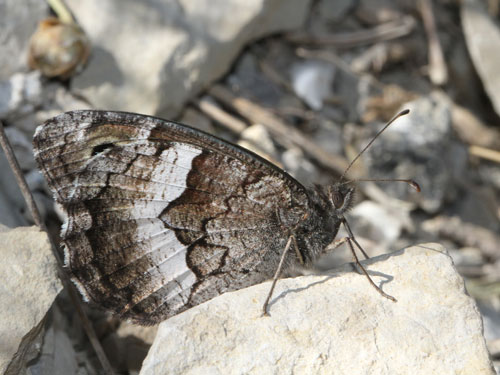
Var, France, July 2010
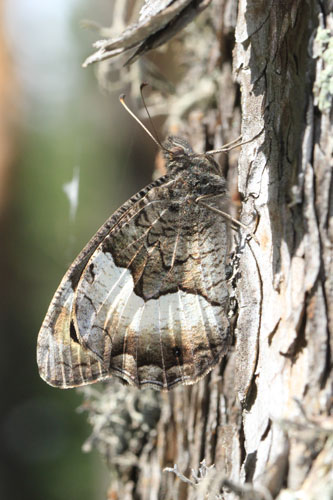
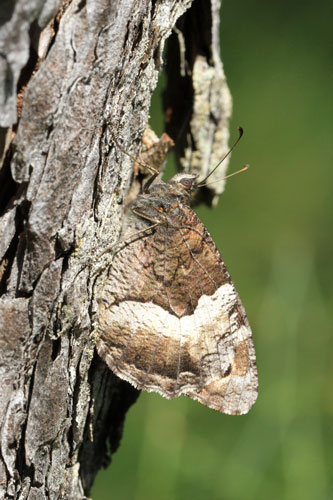
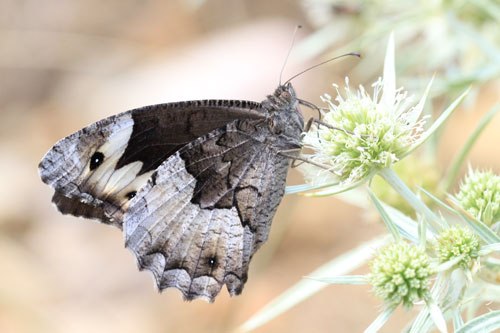
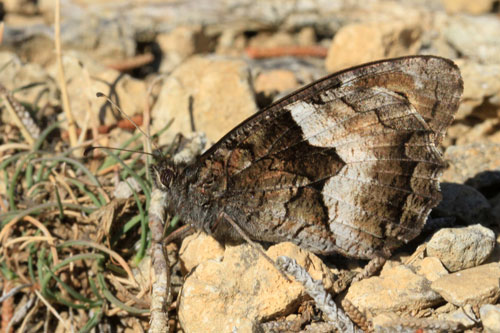
Montes Universales, Spain, July 2011
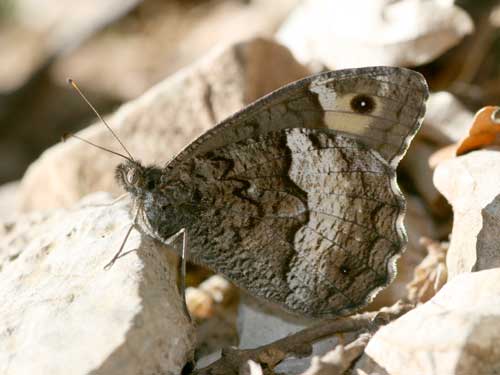
Var, France, July 2009
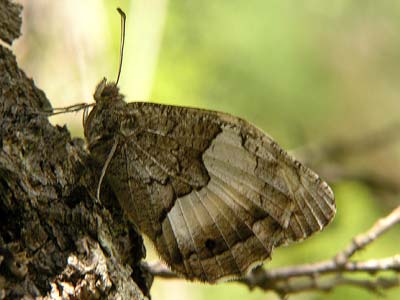
Var, France, August 2004
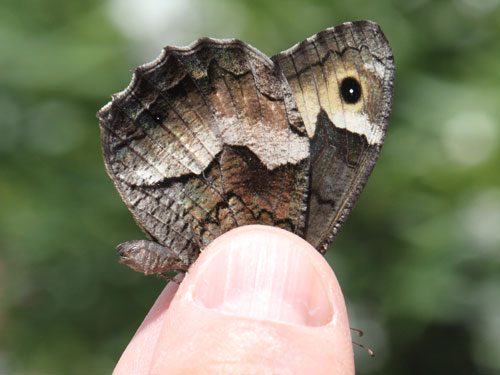

Sierra Nevada, Spain, July 2013
The Julien organ on the tail can be used to separate very similar Hipparchia.
